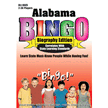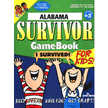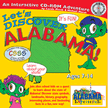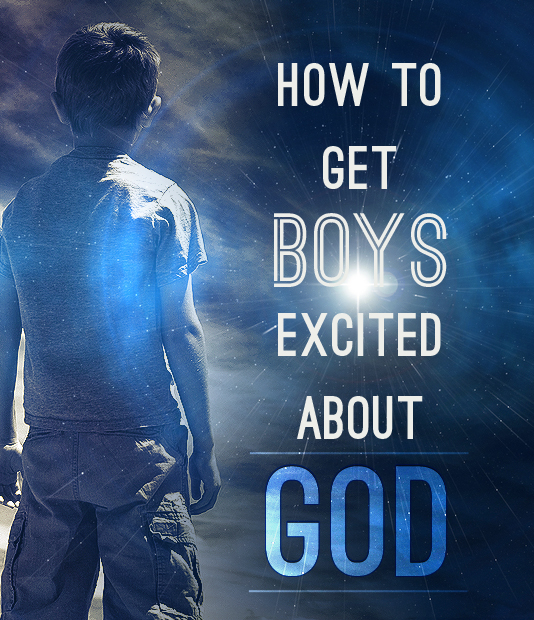Today
begins a summer series on the 50 U.S. States. I will go in alphabetical
order and cover such things as motto, capital, state bird, etc. I will
also find some famous individuals from each state and provide other resources for further learning. Let's begin with...
ALABAMA
On December 12, 1819, Alabama became the 22nd state. As of March 28, 2012, there were over 4.8 million people living here. It is located in the southeastern United States between Georgia and Mississippi and lying directly north of the panhandle of Florida and the Gulf of Mexico. By area, Alabama ranks 30th in size. (There are 29 states that are larger.)
The state abbreviation is AL, and the capital is Montgomery. This city became the capital in 1846 when the Alabama Legislature voted to change the capital city from Tuscaloosa. It was named after General Richard Montgomery, who died in the Revolutionary War.

 Alabama's flag is a white background with a crimson cross of St. Andrew. The state bird is the Yellowhammer, also called the Northern Flicker. The Monarch Butterfly is the state insect, and the Black Bear is the state mammal.
Alabama's flag is a white background with a crimson cross of St. Andrew. The state bird is the Yellowhammer, also called the Northern Flicker. The Monarch Butterfly is the state insect, and the Black Bear is the state mammal.
The Camellia is the Alabama state flower, and the Southern Long Leaf Pine is the tree.
Alabama's state motto is "We Dare Maintain Our Rights." The words were taken from a 1781 poem and used to replace the first motto, "Here We Rest." Alabamans felt this new motto reflected their spirit more appropriately.
Alabama also has a state reptile, the Alabama Red-Bellied Turtle, and a state amphibian, the Red Hills Salamander. There is no official state nickname, but it is often referred to as "The Heart of Dixie." "Dixie" is said to have originated with an 1859 song which was popular with Confederate soldiers.
There are a few famous Alabamans I will mention here. The first is Booker T. Washington. He was an African-American man who founded the Tuskegee Institute. He educated fellow African-Americans and taught them the benefits of labor and that it is necessary for one to learn a trade. He focused on agricultural sciences. Peanuts , cotton, and corn are major agricultural products in Alabama.
John Allan Wyeth is another famous Alabaman. He founded the first postgraduate school of medicine in the United States. Up until this point, doctors had no practical experience; everything they knew came from books. Wyeth believed doctors needed to have more experience in the field, so he opened the New York Polyclinic Medical School and Hospital.
The third man I will mention was not born in Alabama, and he only spent a few years in the state; but he left a lasting impression. This man has a college football trophy named after him - the Heisman Trophy. John Heisman coached at the Agricultural and Mechanical College from 1895 to 1899. This school is now Auburn University. Heisman is credited with the hand off, the double lateral, and the "flea flicker." He invented the center-to-quarterback snap so that the ball wouldn't simply roll across the field from the center to the quarterback. He also is credited with using the word "hike" in football.
The state song of Alabama is, of course, "Alabama." There is another song called "Stars Fell on Alabama" based on a meteor shower in November 12, 1833. The shower was so incredible that it became a part of the state's folklore. A book was also written with the same title by Carl Carmen in 1934.
Click here for a crossword puzzle about Alabama that can be printed out.
I hope you have enjoyed a brief tour of Alabama in fact and history. Here are some other resources in case you are interested in learning more:
Alabama also has a state reptile, the Alabama Red-Bellied Turtle, and a state amphibian, the Red Hills Salamander. There is no official state nickname, but it is often referred to as "The Heart of Dixie." "Dixie" is said to have originated with an 1859 song which was popular with Confederate soldiers.
There are a few famous Alabamans I will mention here. The first is Booker T. Washington. He was an African-American man who founded the Tuskegee Institute. He educated fellow African-Americans and taught them the benefits of labor and that it is necessary for one to learn a trade. He focused on agricultural sciences. Peanuts , cotton, and corn are major agricultural products in Alabama.
John Allan Wyeth is another famous Alabaman. He founded the first postgraduate school of medicine in the United States. Up until this point, doctors had no practical experience; everything they knew came from books. Wyeth believed doctors needed to have more experience in the field, so he opened the New York Polyclinic Medical School and Hospital.
The third man I will mention was not born in Alabama, and he only spent a few years in the state; but he left a lasting impression. This man has a college football trophy named after him - the Heisman Trophy. John Heisman coached at the Agricultural and Mechanical College from 1895 to 1899. This school is now Auburn University. Heisman is credited with the hand off, the double lateral, and the "flea flicker." He invented the center-to-quarterback snap so that the ball wouldn't simply roll across the field from the center to the quarterback. He also is credited with using the word "hike" in football.
The state song of Alabama is, of course, "Alabama." There is another song called "Stars Fell on Alabama" based on a meteor shower in November 12, 1833. The shower was so incredible that it became a part of the state's folklore. A book was also written with the same title by Carl Carmen in 1934.
Click here for a crossword puzzle about Alabama that can be printed out.
I hope you have enjoyed a brief tour of Alabama in fact and history. Here are some other resources in case you are interested in learning more:
 |
Alabama Biography Bingo By Carole Marsh / Gallopade International Must know state facts for kids to learn while having fun! Includes: Statehood Date, State Name Origin, Capital City, State Flag, State Motto, State Bird, State Population, Economy, Media, Governor, Explorers, Native Peoples, Current Events and more! Each game includes 36 different playing cards. |




![22289DF: Alabama State History Lapbook - PDF Download [Download] 22289DF: Alabama State History Lapbook - PDF Download [Download]](http://ag.christianbook.com/g/tiny/2/22289df.gif)




















